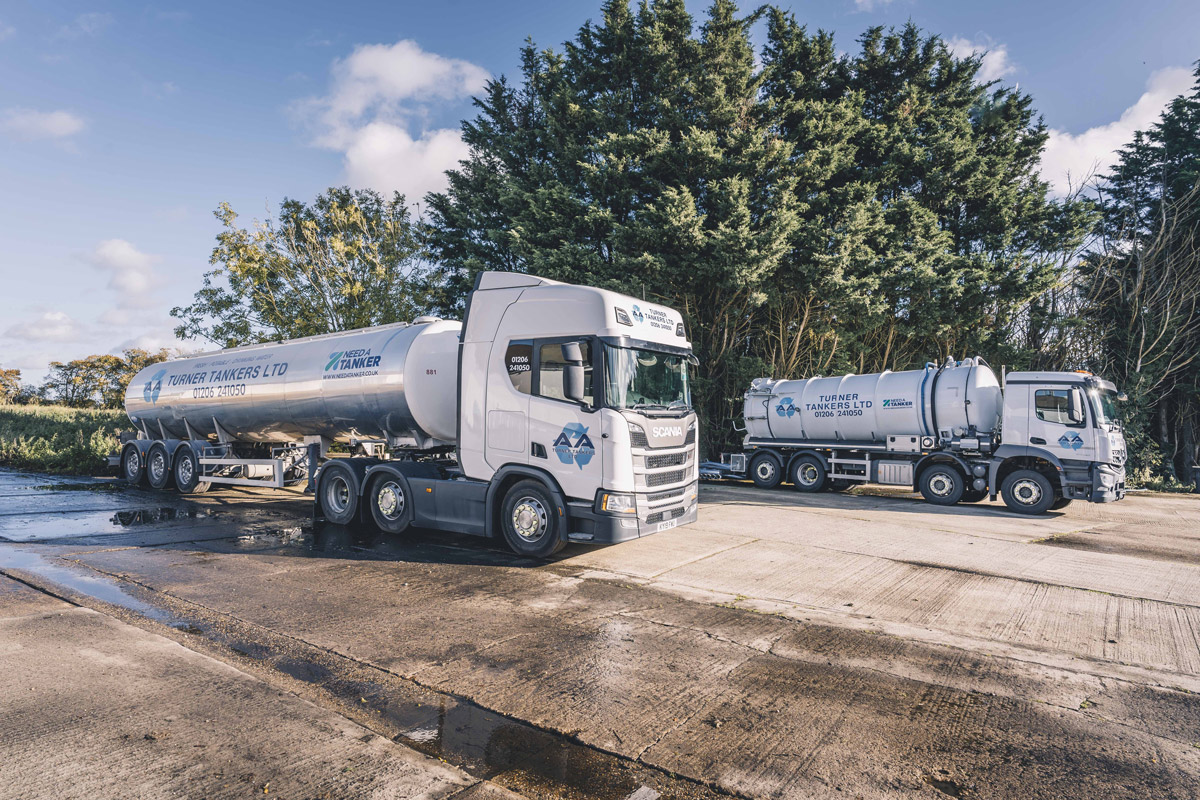Excitement About Reclaim Waste
Excitement About Reclaim Waste
Blog Article
The Buzz on Reclaim Waste
Table of ContentsReclaim Waste Things To Know Before You BuyThe Ultimate Guide To Reclaim WasteWhat Does Reclaim Waste Mean?The smart Trick of Reclaim Waste That Nobody is Talking AboutThe Facts About Reclaim Waste Uncovered
Domestic sewer waste refers to the waste and products from a household septic storage tank. The correct administration and disposal of domestic sewage waste require fluid waste to be transferred to a sewer treatment plant where the correct techniques and equipment are used to cleanse and dispose of waste.
Industrial waste commonly includes possible dangers, such as combustible materials or a combination of fluid and strong waste items, and needs an extra sophisticated and thorough disposal process. The disposal of commercial waste generally includes the filtration of waste before transport to guarantee secure and proper disposal. Hazardous waste is produced from results and drainage of commercial procedures and production.
This type of waste can not make use of the same sewer administration transport or procedures as septic or industrial liquids. The hazardous waste monitoring procedure requires the inspection and testing of liquid waste before it goes through the disposal procedure (liquid waste disposal melbourne). Overflow waste is the liquid waste that comes from drainage and excess stormwater in highly populated locations or cities
Runoff waste can create contamination and flooding if not taken care of effectively. Ensuring appropriate waste administration can avoid disasters and lower environmental harm.
7 Simple Techniques For Reclaim Waste
Contact PROS Solutions today to learn more about our waste management and disposal solutions and the proper methods to take care of the fluid waste you create.
(https://www.openstreetmap.org/user/reclaimwaste1)This supposed 'wastewater' is not only an essential source yet, after therapy, will be released to our land, rivers or the ocean. Made use of water from bathrooms, showers, baths, kitchen sinks, laundries and commercial processes is understood as wastewater.

water made use of to cool machinery or tidy plant and equipment). Stormwater, a form of wastewater, is overflow that flows from farming and metropolitan locations such as roof coverings, parks, yards, roadways, paths and rain gutters into stormwater drains pipes, after rain. Stormwater flows neglected straight to local creeks or rivers, eventually getting to the sea.
The Of Reclaim Waste
In Queensland, many wastewater is dealt with at sewage therapy plants. Wastewater is transferred from domestic or industrial websites with a system of drains and pump terminals, recognized as sewerage reticulation, to a sewer treatment plant.
The Division of Natural Resources recommends city governments regarding managing, operating and preserving sewage systems and therapy plants. In unsewered areas, regional governments might call for owners to mount specific or household sewer therapy systems to deal with domestic wastewater from toilets, kitchen areas, shower rooms and laundries. The Department of Natural Resources authorises making use of household systems when they are shown to be efficient.
Most stormwater receives no treatment. In some new subdivisions, treatment of some stormwater to get rid of litter, sand and gravel has begun using gross pollutant catches. Wastewater treatment takes place in four stages: Gets rid of solid issue. Larger solids, such as plastics and other items wrongly discharged to sewers, are eliminated when wastewater is travelled through displays.
Wastewater then moves into big storage tanks where solids clear up and are gotten rid of as sludge. Grease and residue are skimmed from the surface. Makes use of tiny living microorganisms referred to as micro-organisms to break down and get rid of remaining dissolved wastes and great particles. Micro-organisms and wastes are integrated in the sludge. Gets rid of nitrogen and phosphorus nutrients that might create algal blooms in our rivers and intimidate aquatic life.
What Does Reclaim Waste Mean?
Nutrient removal is not available at all sewage therapy plants since it requires pricey specialized tools. Clear liquid effluent created after treatment might still have disease-causing micro-organisms - liquid waste removal melbourne.

The majority of wastewater streams right into the sewerage system. Under the Act, neighborhood federal governments administer authorizations and licences for eco appropriate tasks (Ages) entailing wastewater releases that could have a regional influence.
Reclaim Waste - The Facts
Or else, examples are taken for lab evaluation. Frequently lots of examinations are needed to establish the levels of each of the various toxins such as oils, hefty metals and pesticides in water. Tracking gives factual information regarding water high quality and can validate that permit problems are being met. The info gotten via monitoring offers the basis for making water high quality choices.
Report this page